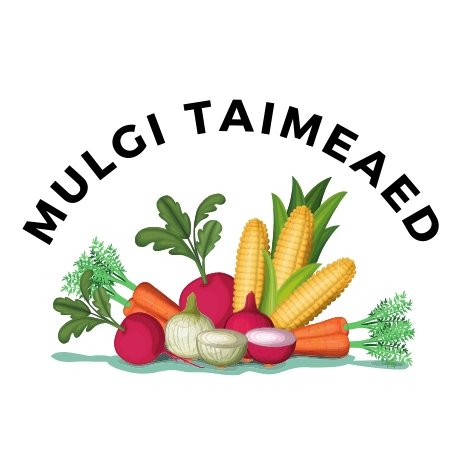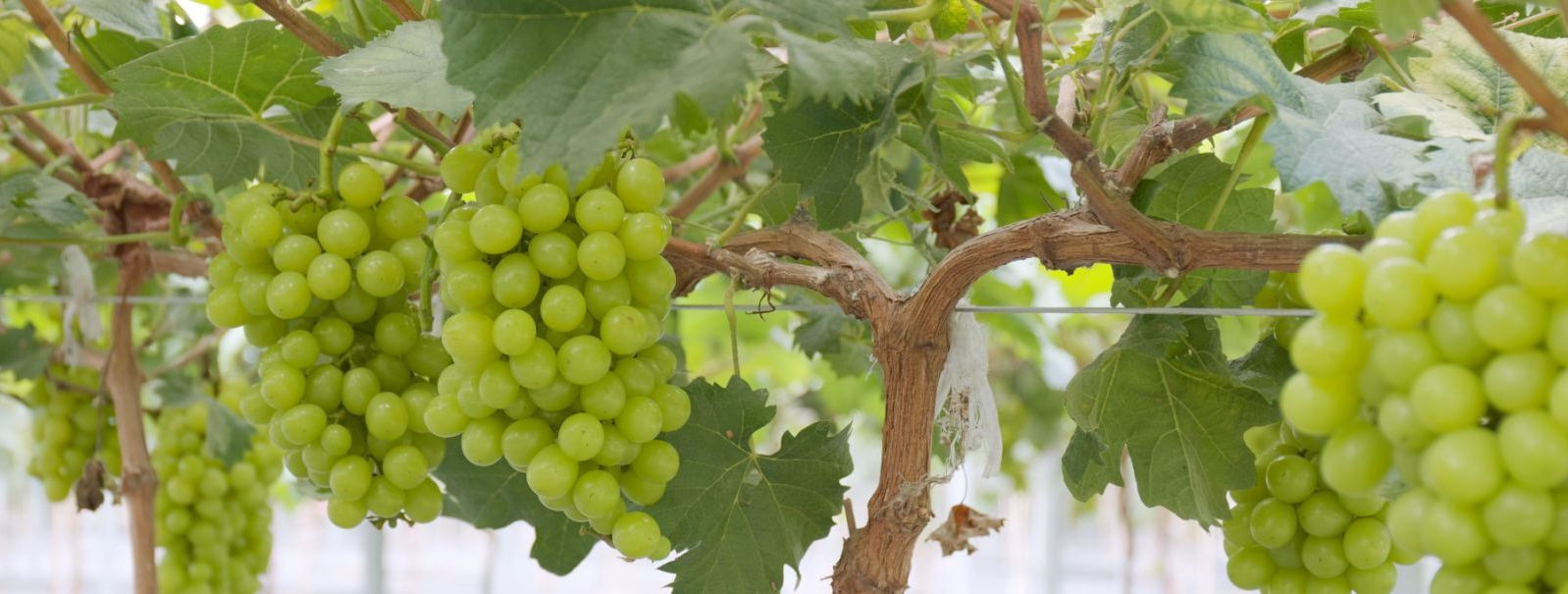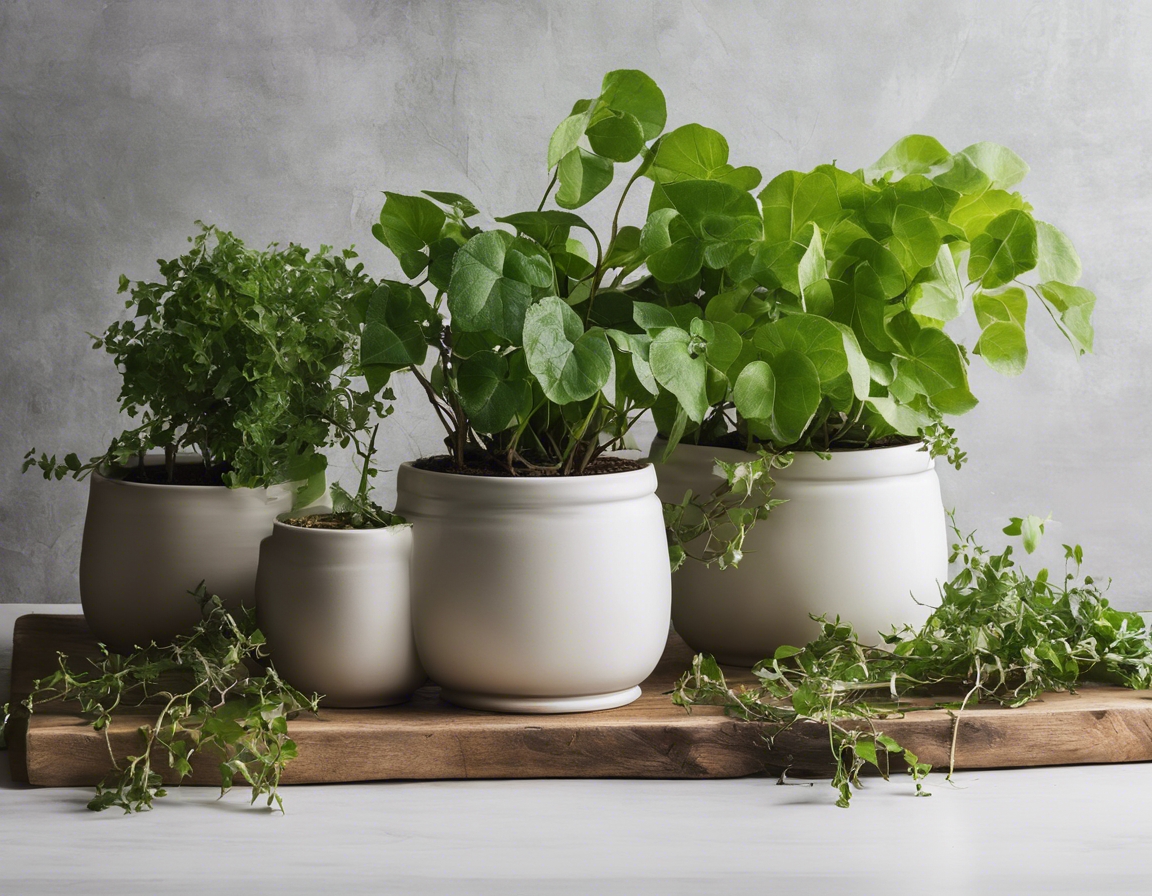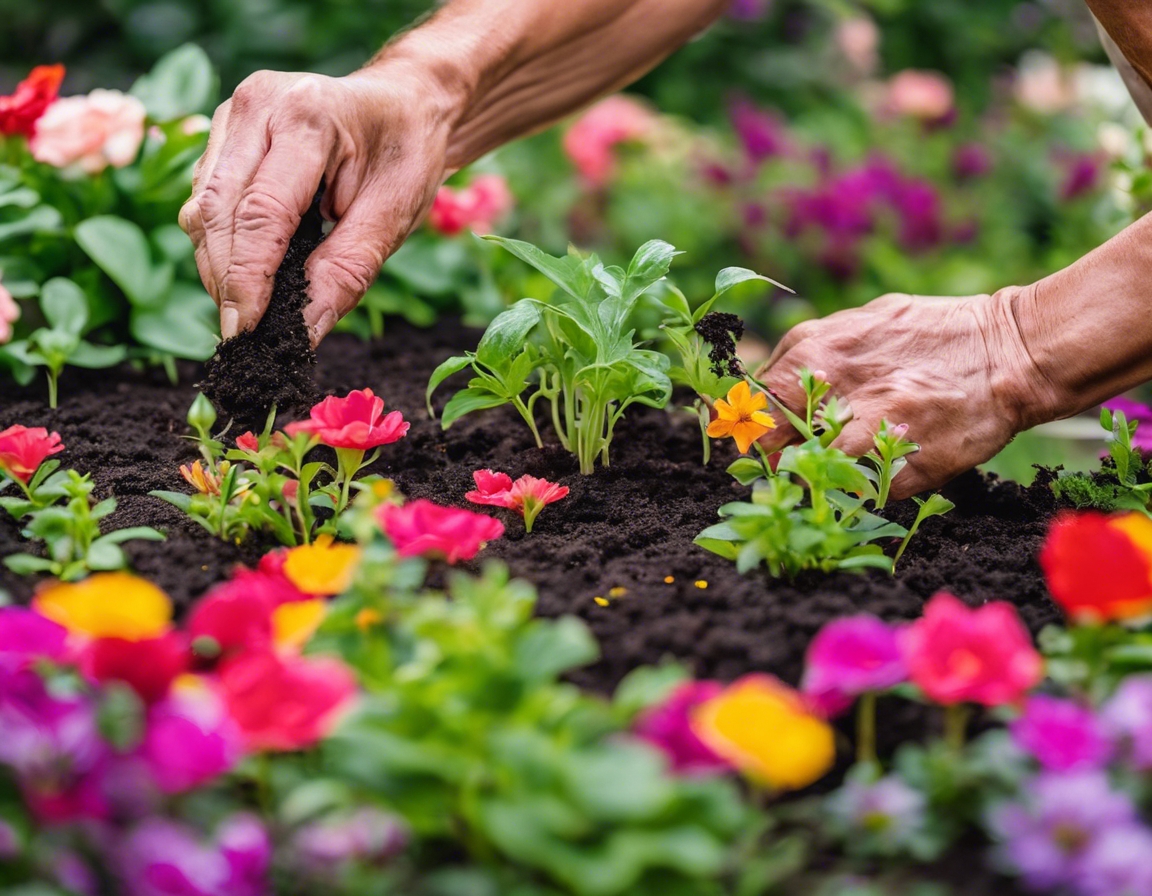5 tips for cultivating your own vineyard
Vineyard cultivation, or viticulture, is both an art and a science that involves growing grapevines for the production of grapes. Whether you're a gardening enthusiast, a homeowner with a passion for sustainable living, or a culinary aficionado eager to produce your own wine, understanding the basics of vineyard cultivation can be incredibly rewarding.
Viticulture is the cultivation of grapevines, and it requires careful consideration of numerous factors including location, grape variety, and vineyard management. The process from planting to harvesting is intricate and demands attention to detail to ensure a successful yield.
Having your own vineyard allows you to control the quality and sustainability of your grapes, contribute to the local ecosystem, and enjoy the fruits of your labor in the form of fresh grapes or homemade wine.
Tip 1: Selecting the Right Location
One of the most critical decisions in vineyard cultivation is choosing the right location. The terroir, a French term that refers to the environmental conditions, especially soil and climate, that affect the quality of the grapes, is paramount.
Soil quality significantly influences vine health and grape quality. Ideal vineyard soils are well-draining and rich in nutrients. Testing soil composition and pH levels can guide you in amending the soil to create the perfect environment for your vines.
Climate plays a vital role in grape production. Grapes require a specific amount of heat units during the growing season to ripen properly. Sun exposure is also crucial, with south-facing slopes in the Northern Hemisphere often being ideal for maximum sunlight.
Tip 2: Choosing the Right Grape Varieties
Selecting grape varieties that thrive in your specific climate and soil conditions is essential for a successful vineyard. Local grape varieties are often a good choice as they are adapted to the regional climate and pests.
Research local grape varieties and consult with local vineyards or agricultural extension services to determine which grapes grow best in your area.
Consider the length of your growing season and the types of wine you wish to produce when selecting grape varieties. Some grapes require longer growing seasons, while others are more cold-hardy.
Tip 3: Planting and Training Your Vines
Proper planting and training of your vines are crucial for their development and productivity. Vines can be trained on trellises or wires to optimize sun exposure and air circulation, which are vital for healthy growth and fruit production.
Planting grapevines involves careful spacing, depth, and orientation. Ensure that the roots are well-spread in the planting hole and that the graft union is above the soil line.
There are various training systems, such as the Guyot or cordon system, that can be used depending on your vineyard's specific needs. Training systems help manage vine growth and optimize grape yield.
Tip 4: Managing Vineyard Health
Maintaining the health of your vineyard is essential for the longevity and productivity of your vines. This includes sustainable pest control, regular pruning, and canopy management to ensure optimal grape quality and vine health.
Implementing integrated pest management practices that are environmentally friendly and sustainable can help protect your vineyard from pests and diseases without harming the ecosystem.
Regular pruning is necessary to control vine growth and ensure that the grape clusters receive adequate sunlight and air circulation. Canopy management techniques can also improve grape quality and reduce disease pressure.
Tip 5: Harvesting and Beyond
The culmination of your vineyard's annual cycle is the harvest. Timing is critical, as grapes must be picked at their peak of ripeness to ensure the best quality wine.
Understanding the signs of grape maturity, such as sugar content, acidity, and flavor development, will guide you in determining the optimal time for harvest.
After harvesting, post-harvest care of the vines prepares them for the next growing season. If you're interested in wine production, this is the time to begin the transformation of grapes into wine.






Comments (0)